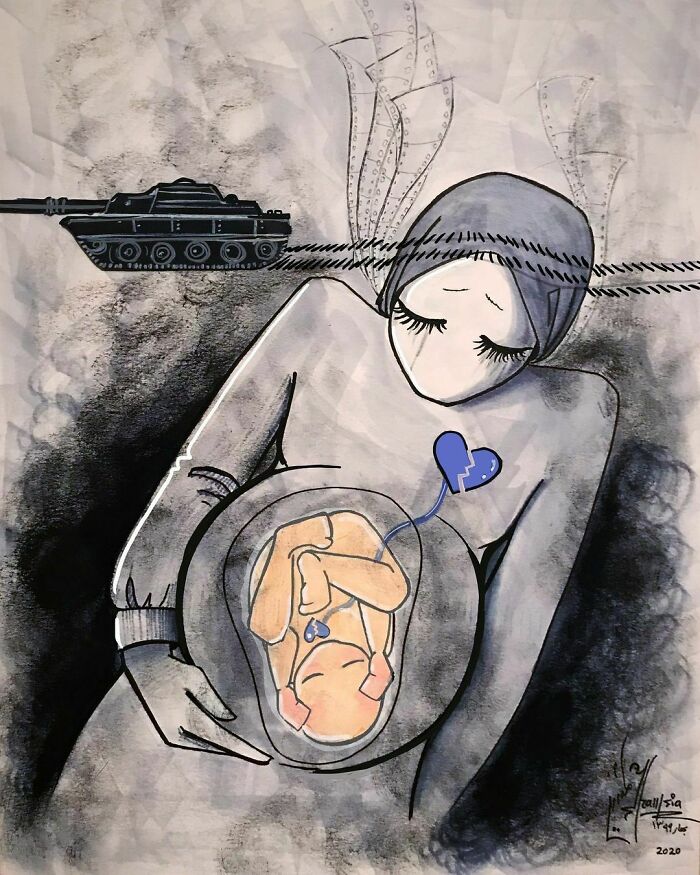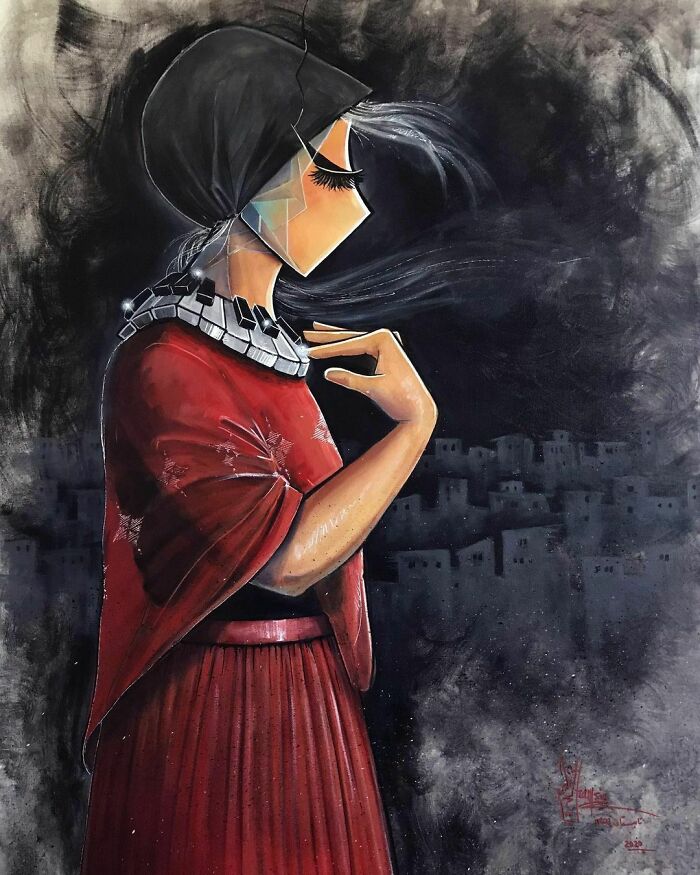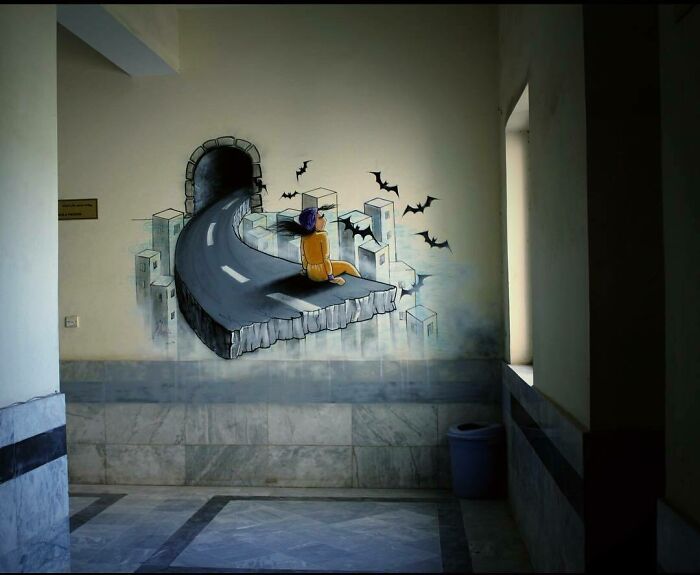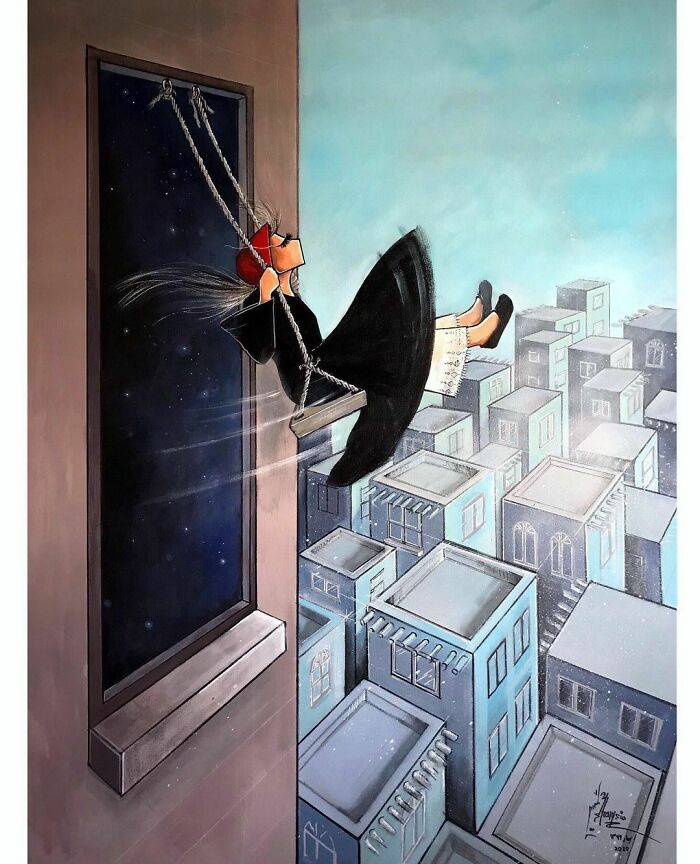After the Taliban took over Afghanistan, many of the country's citizens are uncertain of how it will affect their lives and safety...
After the Taliban took over Afghanistan, many of the country's citizens are uncertain of how it will affect their lives and safety.
But to an outsider like me, it can be difficult to make sense of it and fully understand what these people are going through. So I have to turn to someone who can explain.
Shamsia Hassani, a painter who has taught at Kabul University, is considered Afghanistan's first female street artist. Whether she's working on a canvas or the wall of an abandoned bombed building, Hassani's works not only portray the role of women in a male-dominated society but also provide a glimpse into the battle between light and darkness that has enslaved the place she calls home.
More info: shamsiahassani.net | Instagram

Meet Shamsia Hassani, a painter who has taught at Kabul University and is considered Afghanistan's first female street artist

She got into it in 2010 after going to a graffiti workshop led by UK artist CHU

Since then, Hassani has developed a unique style and painted her trademark character -- a woman with her eyes shut and no mouth -- all over the country

Eventually, her life took Shamsia back to Afghanistan. There, in 2010, she attended a graffiti workshop that was held in Kabul by Combat Communications and it has taken her on a path she still follows a decade later. “I attended the workshop with 9 colleagues from Berang. Combat Communications invited CHU, a graffiti artist from the UK to lead the event.”
“CHU’s lectures included theory, practical work, and presentations of different artists from around the world,” Shamsia added. “There, we learned graffiti for the first time. As the workshop continued, we learned about spray techniques and how to paint large scale drawings on the wall.”
“I also believed it could be a way for people to experience my art, people who have never been to an exhibition and have never seen my works. They could get a chance to discover and enjoy something new. Maybe some would even take pictures in front of it and have a few minutes of entertainment.”
“When I painted in public spaces, I would start feeling unsafe after about 15 minutes, so I would leave the place. If I had the opportunity to stay for about 2-3 hours, my pieces would have been better but in 15 minutes all I could do was either paint something very simple or leave the piece unfinished.”
“The other issue was that there was a lack of places for graffiti. No one wanted a painting on their walls, they only agreed if I created something to their liking. They had their own requests when it came to their property and didn’t want my artworks.”
But unfortunately, things have just taken a turn for the worse. “Now, with the return of the Taliban (I still don’t believe it at all when I say this), many women are leaving the country and ... do not see a bright future. The result of all these years of effort was for nothing.”
Luckily, Hassani is safe but to her disappointment and sadness, she has had to leave her country.
“The character in my paintings sometimes plays different roles such as a combatant or a refugee with no future. At times, she searches for peace, and sometimes she has no identity whatsoever. She also gets lost in her dreams as well as the pain and sorrow, she struggles with the past and the future but is a patriot who loves her homeland and fights hopelessness.”







































